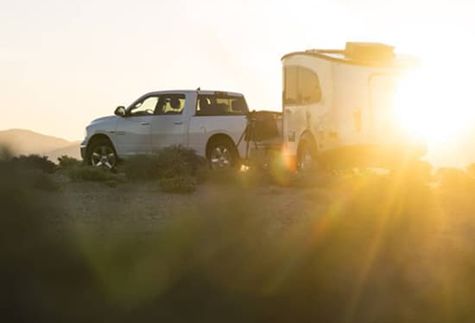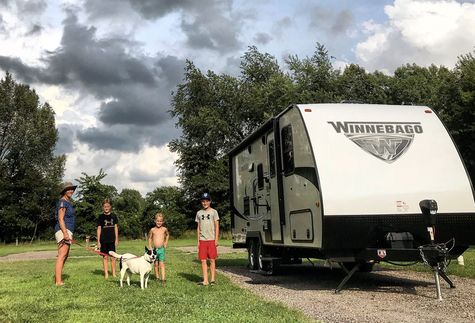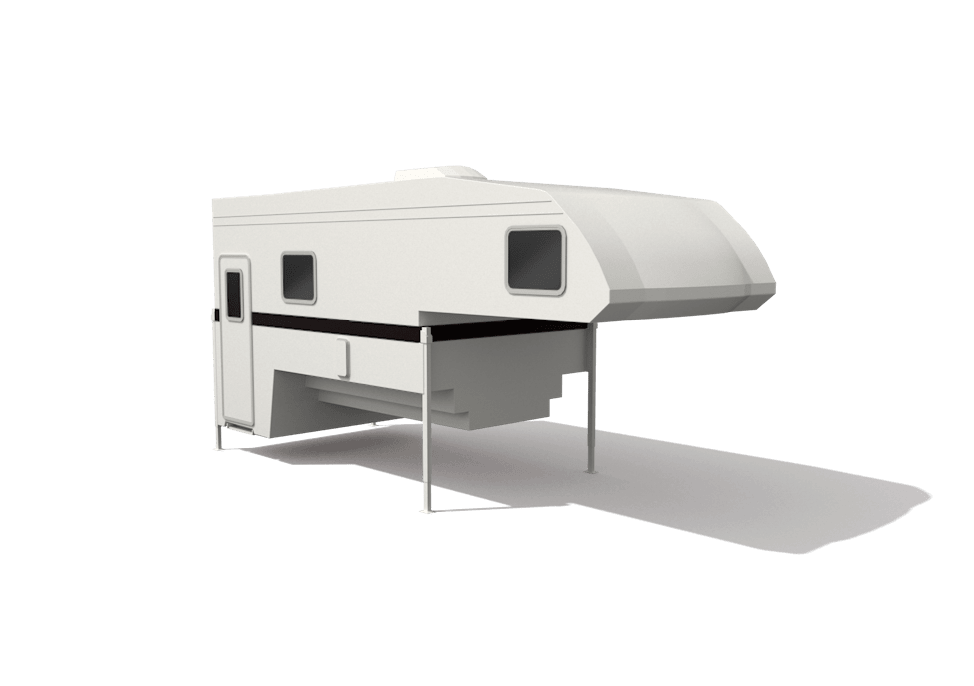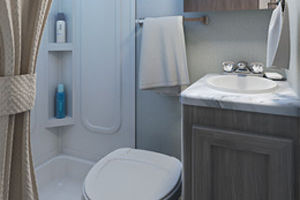1. Fish close first.
Fish are everywhere in a river and if you take a long cast to start, aiming at the top of the pool, you are likely going to spook a lot of trout that are sitting right in front of you. In other words, work your way into the best spot.
2. Swing your flies at the end of every drift.
If you are fishing a dry dropper or a nymph rig, I’ve found that it’s best to present a good drift, and then at the end of that drift let your flies swing down with the current. This will cause your flies to rise, and a lot of fish will grab your flies on the rise, similar to swinging to a wet fly.
3. Change the depth of your rig before changing flies.
Oftentimes, if we throw a few good casts and do not get an eat, we feel discouraged and lose trust in our selected fly. If you are fishing any sort of nymph rig, I recommend reevaluating the depth at which your fly is suspended in the water column before changing out to a whole new fly. The likelihood is that if you have chosen a fly that should work, it will work with the right presentation. You can add or remove weight to your rig to present the fly differently.
4. Fish riffles and tail-outs.
Every river is different; oftentimes, fish like to hang out in nontraditional places where it’s easier for them to get food and rest. I catch most fish in the riffles and tail-outs of pools.
5. When in doubt, use a little black streamer.
I have found that brown trout all over the world love this little leach imitation. It works best on cloudy, overcast days.






























